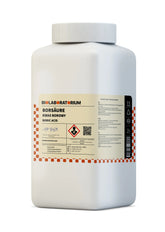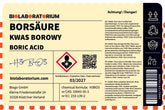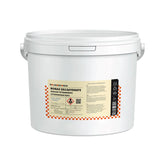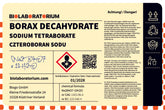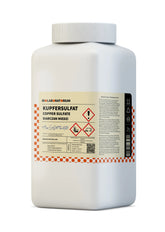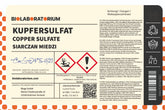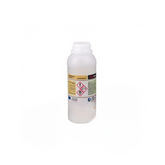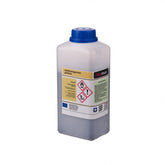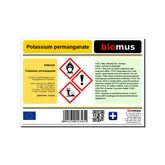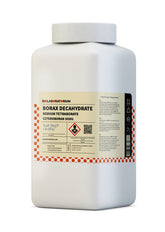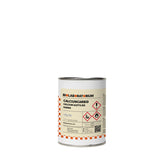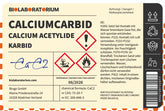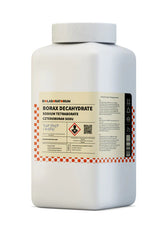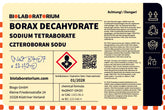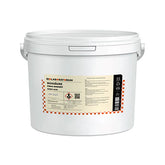Caproic acid – Properties, Risks, and a Practical Guide
Caproic acid, also known as hexanoic acid, is an important chemical compound with various applications in industry and household. In this blog post, we will take a closer look at the properties, risks, and safe handling of this useful acid.
What is caproic acid?
Caproic acid is a saturated fatty acid with the chemical formula CH3(CH2)4COOH. It belongs to the group of medium-chain fatty acids and naturally occurs in some foods such as milk, butter, and coconut oil. Caproic acid can be synthetically produced from petroleum or other organic sources.
Physical and chemical properties
At room temperature, caproic acid is a colorless, oily liquid with a characteristic, slightly pungent odor. It is soluble in water, alcohol, and other organic solvents. The melting point is about 16.5 °C, and the boiling point is 205 °C. Chemically, caproic acid is a medium-strength carboxylic acid that forms salts with bases and can act as a nucleophile or electrophile in reactions.
Applications of caproic acid
Due to its diverse properties, caproic acid is used in numerous industrial sectors:
Food industry
In the food industry, caproic acid is used as a flavor enhancer, preservative, and emulsifier. It imparts a characteristic odor and taste to products such as cheese, baked goods, and beverages.
Cosmetics and personal care industry
Caproic acid serves as a preservative and humectant in cosmetic products such as shampoos, creams, and deodorants. It is also used in perfumes and fragrances.
Chemical Industry
In the chemical industry, caproic acid is used as a raw material for the production of plastics, paints, adhesives, and other specialty chemicals. It also plays an important role in the pharmaceutical industry.
Agriculture and animal husbandry
In agriculture and animal husbandry, caproic acid is used as a feed additive, disinfectant, and odor control agent.
Risks and safety aspects
Although caproic acid is considered safe in many applications, some precautions must be observed during handling and storage:
Health risks
Caproic acid can cause irritation and burns upon skin contact. Inhalation may cause respiratory irritation. At higher concentrations, the acid can also damage mucous membranes and eyes.
Fire hazard
Caproic acid is flammable and can cause fires upon contact with open flames or sparks. Therefore, it must be kept away from ignition sources.
Environmental risks
Improper disposal of caproic acid can contaminate soil and water bodies. Proper disposal in accordance with applicable environmental regulations is therefore essential.
Safe handling and storage
To minimize risks, the following measures should be observed when handling caproic acid:
Personal protective equipment
When handling caproic acid, appropriate protective equipment such as chemical-resistant gloves, safety goggles, and protective clothing should always be worn.
Storage
Caproic acid must be stored in well-ventilated, cool, and dry rooms. Direct sunlight and sources of ignition must be avoided. Suitable containers are made of glass, stainless steel, or polyethylene.
Disposal
Residues and waste containing caproic acid must be treated in accordance with applicable disposal regulations. Disposal via the sewage system is not permitted.
Conclusion
Caproic acid is a versatile chemical compound with numerous applications in industry and household. However, when handling this acid, the potential health and environmental risks must always be considered. With the right protective measures and precautions, caproic acid can be used safely and effectively.

